The Silk Road was an ancient network of trade routes that connected the East and West, stretching over 4,000 miles. It linked regions from China to the Mediterranean, playing a key role in cultural, economic, and political exchanges. This vast route spanned deserts, mountains, and cities, facilitating the flow of goods like silk, spices, and precious metals. Its influence on global history is often underestimated, revealing fascinating details beyond its role in trade. Let’s learn more details of this road.
The Role of Horses in Trade
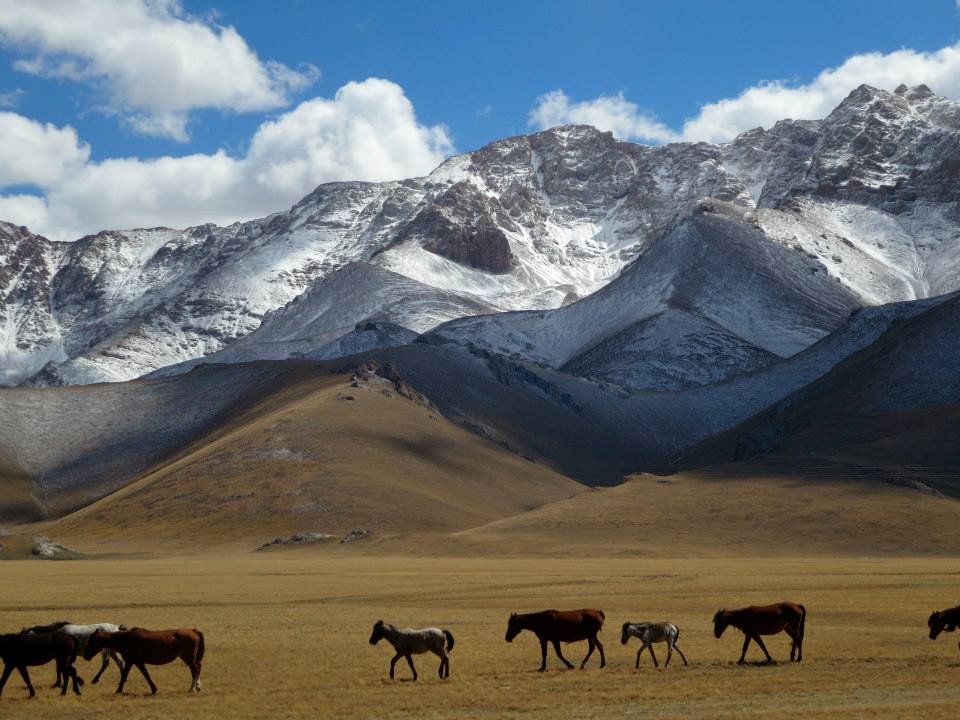
Horses were not only traded on the Silk Road but were also crucial for transportation and communication. Known as “heavenly horses” from the Ferghana Valley, these animals were highly prized in China. The demand for them led to diplomatic exchanges and even conflicts. Horses made travel faster across difficult terrain, connecting distant regions more efficiently. Their role extended beyond trade, influencing military strategies and the spread of ideas.
The Silk Road Wasn’t Just One Route
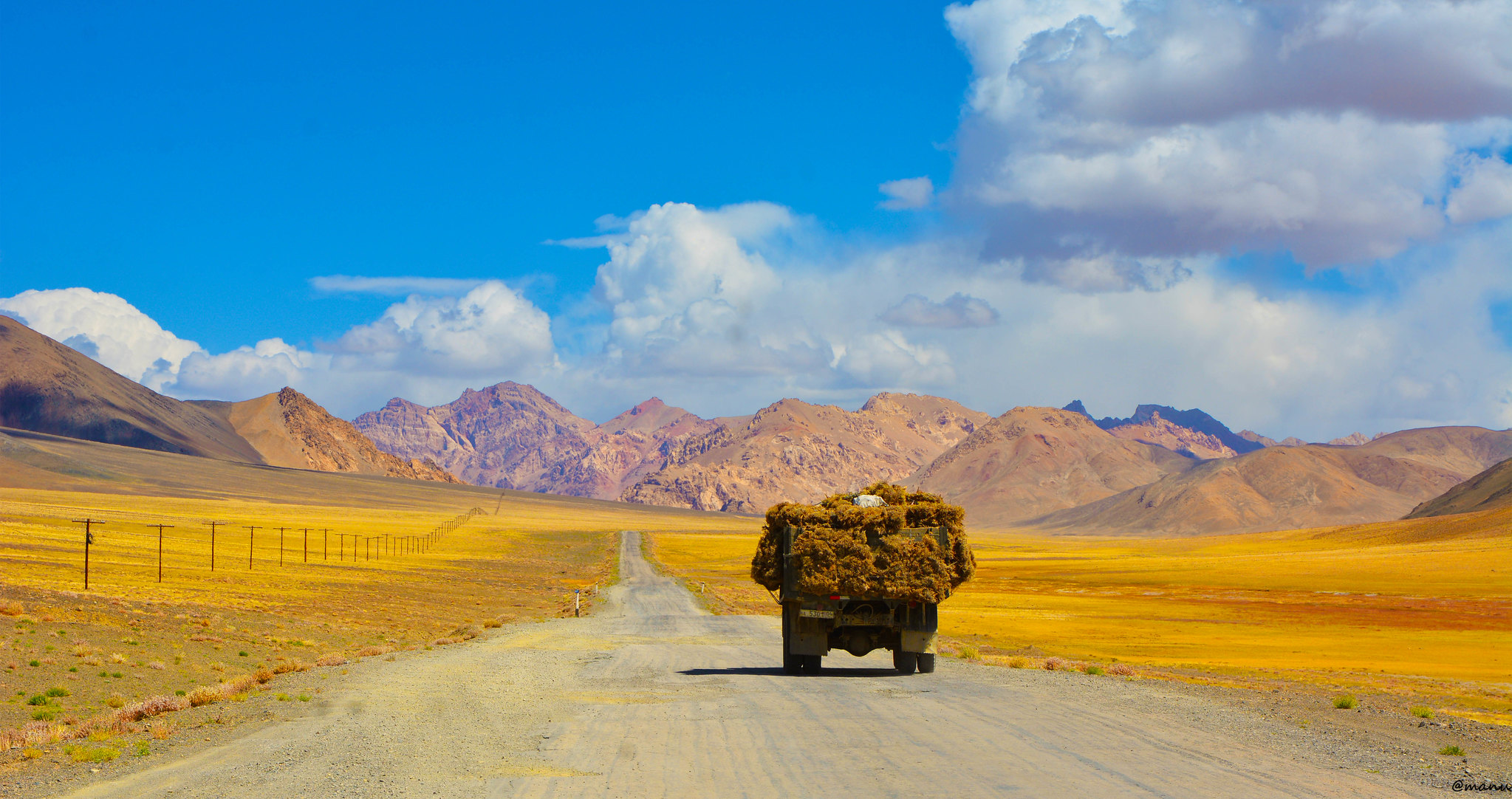
Contrary to popular belief, the Silk Road wasn’t a single continuous road. It was a vast network of interconnected paths that spanned different regions, adapting to political, geographic, and climatic challenges. Traders often chose different routes depending on seasonal weather, safety, and the types of goods they were carrying. These alternative paths spread the Silk Road’s reach even further. As a result, its impact extended into various regions, including Central Asia, Persia, and even parts of India.
Silk Wasn’t the Only Commodity

While silk was the most famous product traded, the Silk Road carried a wide range of other goods. Spices, tea, precious stones, and ceramics were exchanged, alongside less glamorous items like wool, livestock, and foodstuffs. It wasn’t just goods being traded; ideas, cultures, and technologies also traveled these routes. Religious beliefs, scientific knowledge, and artistic techniques were passed from one civilization to another. This exchange helped shape the cultures of regions far beyond the Silk Road.
It Fostered Religious Exchange
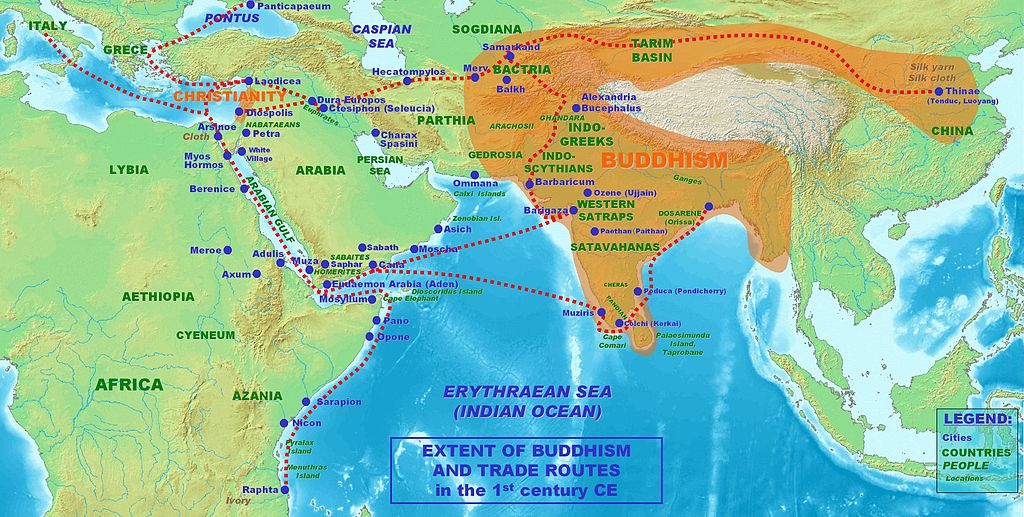
Religions like Buddhism, Islam, Zoroastrianism, and Christianity spread through the Silk Road, transforming the cultures of many regions. Buddhist monks traveled along these routes, introducing their teachings to Central Asia and China. Islamic traders brought their faith to new areas as they engaged in commerce. This exchange of beliefs led to the construction of temples, mosques, and monasteries along the route. The Silk Road became a channel for spiritual growth as well as material trade.
The Role of Nomadic Tribes
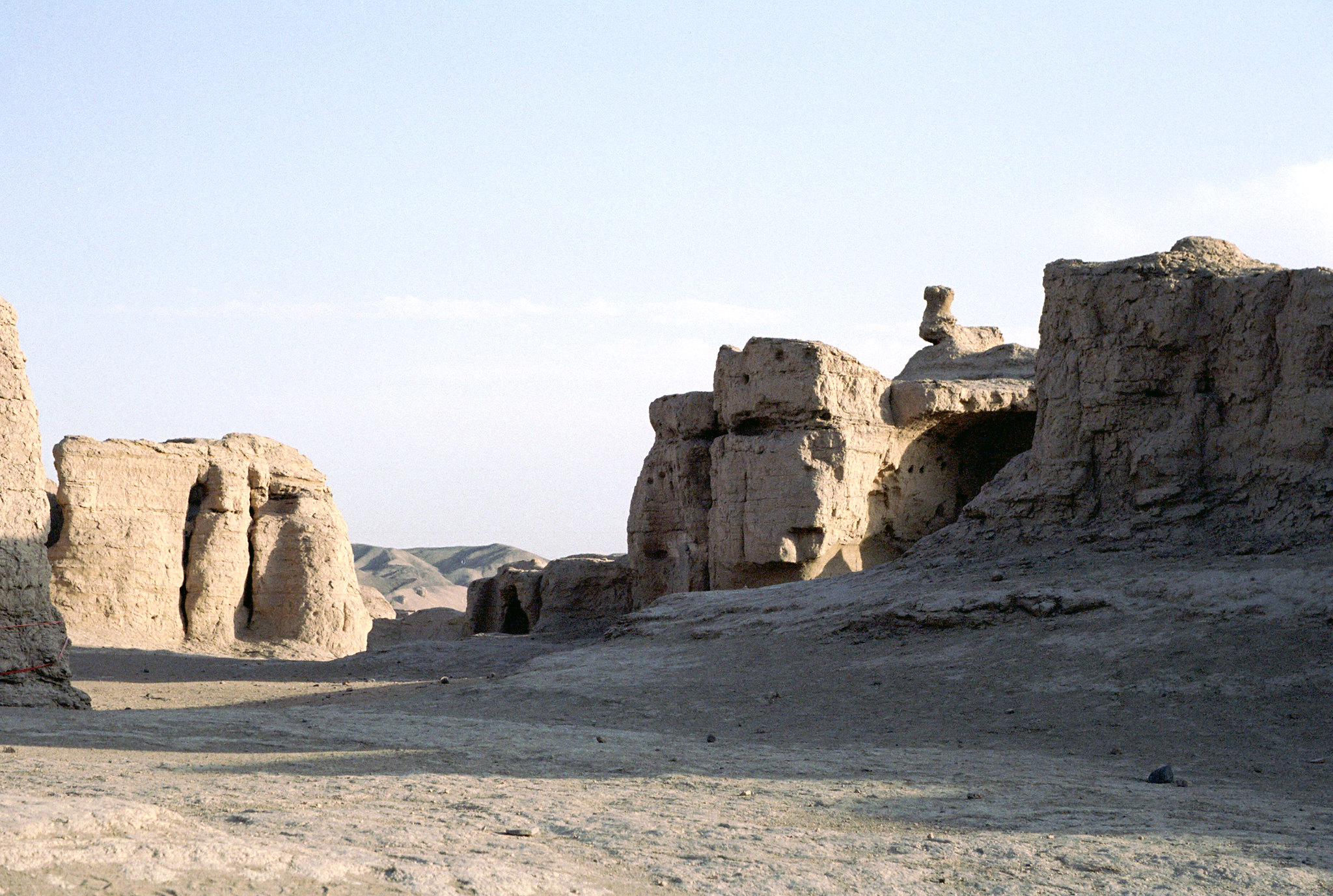
Nomadic tribes, such as the Scythians and the Xiongnu, played an integral role in the functioning of the Silk Road. They served as middlemen, guiding caravans through harsh terrains like deserts and mountains. Their intimate knowledge of these regions helped protect traders from natural and human dangers. These tribes also traded their livestock and crafts with passing caravans, contributing to the rich diversity of the Silk Road. Their influence shaped the dynamics of trade, security, and culture along the route.
The Impact of the Mongol Empire
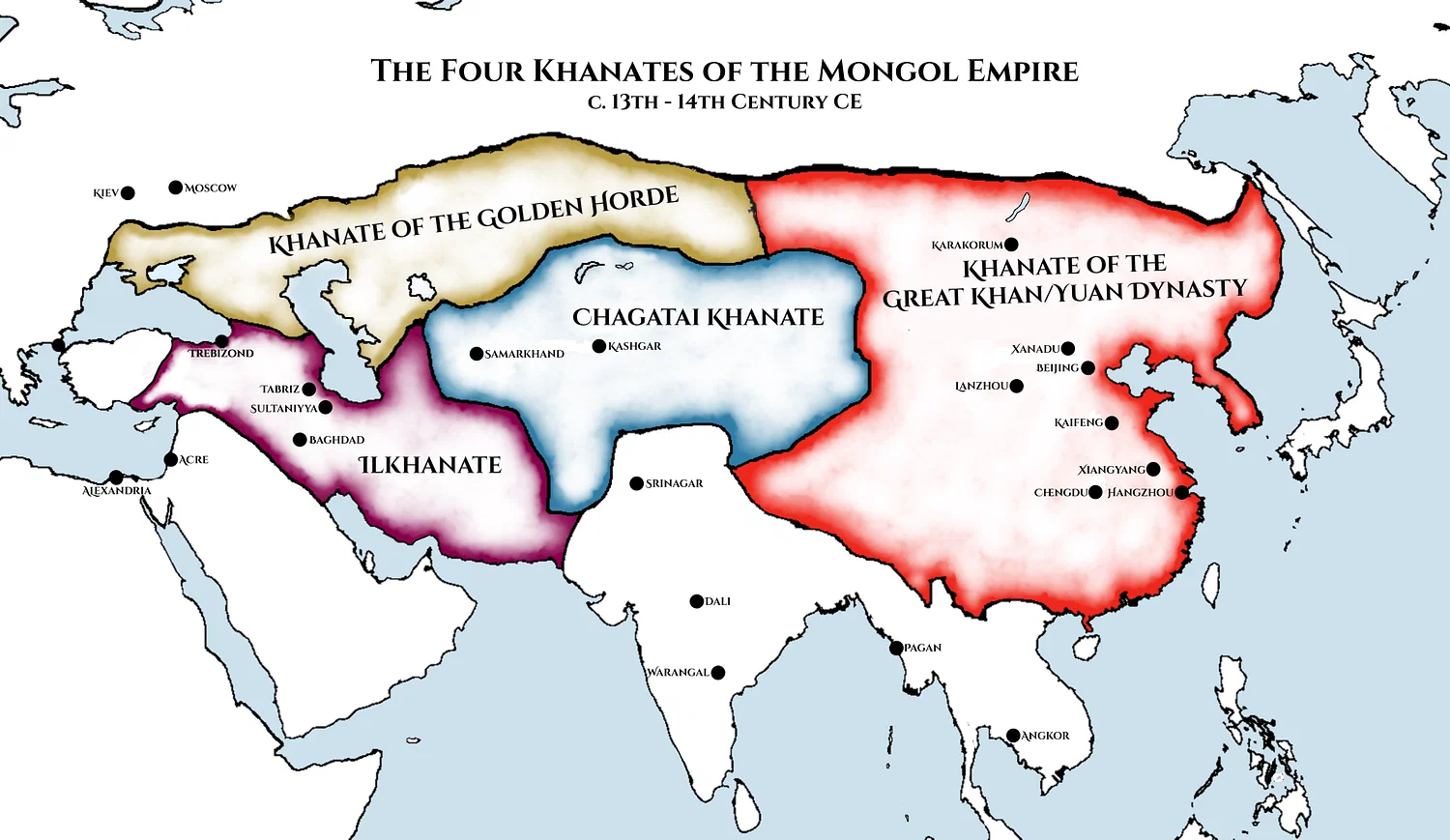
The Mongol Empire, under Genghis Khan, dramatically revitalized the Silk Road in the 13th century. Their vast empire spanned much of the route, ensuring the safety of traders and reducing barriers to travel. With the Pax Mongolica, trade thrived, and cultural exchange reached new heights. Mongol protection allowed for the easier flow of goods, ideas, and people. This period is often considered the Silk Road’s golden age, with cities along the route flourishing as vibrant centers of commerce and learning.
The Spread of Disease
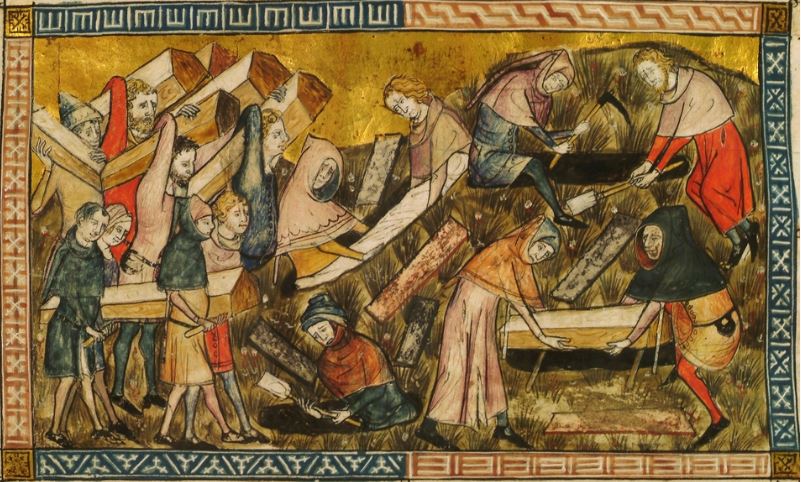
One of the unintended consequences of the Silk Road was the spread of disease, most notably the Black Death. The plague, carried by fleas on rats, traveled along trade routes from Asia to Europe, devastating populations. This pandemic is believed to have wiped out a third of Europe’s population in the 14th century. While trade brought prosperity, it also facilitated the movement of deadly pathogens. This dark side of the Silk Road reveals how interconnected the world was, even in ancient times.
It Connected Empires
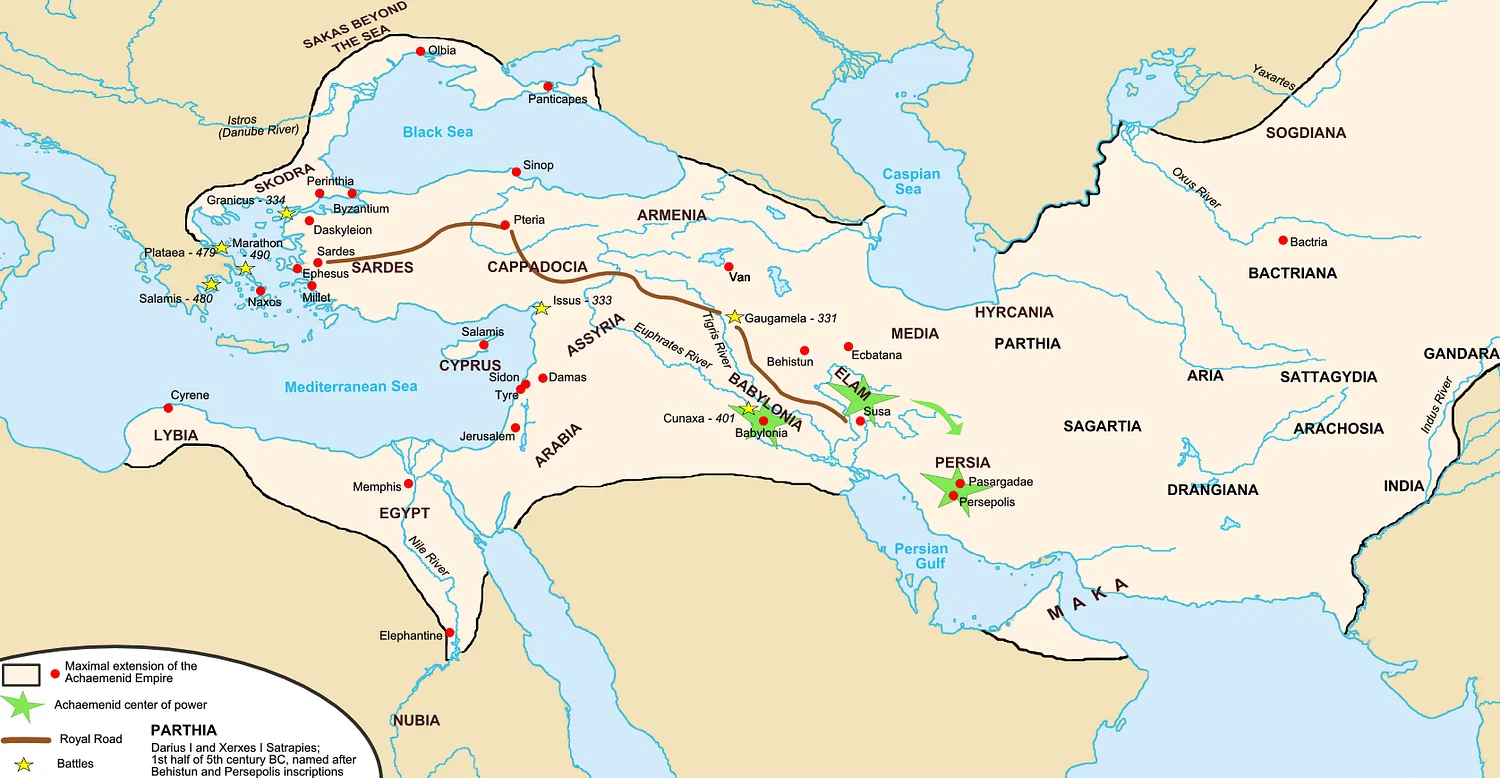
The Silk Road was a bridge between some of the greatest empires in history, such as the Han Dynasty, Roman Empire, and Persian Empire. These empires relied on the Silk Road for valuable resources, and diplomatic relations were often established along the route. Gifts exchanged between rulers, including exotic animals, textiles, and spices, strengthened these connections. The interaction between these powers led to a blending of cultures, as each borrowed elements from the others. This global network fostered both competition and collaboration among empires.
Paper Making Was Spread Through It
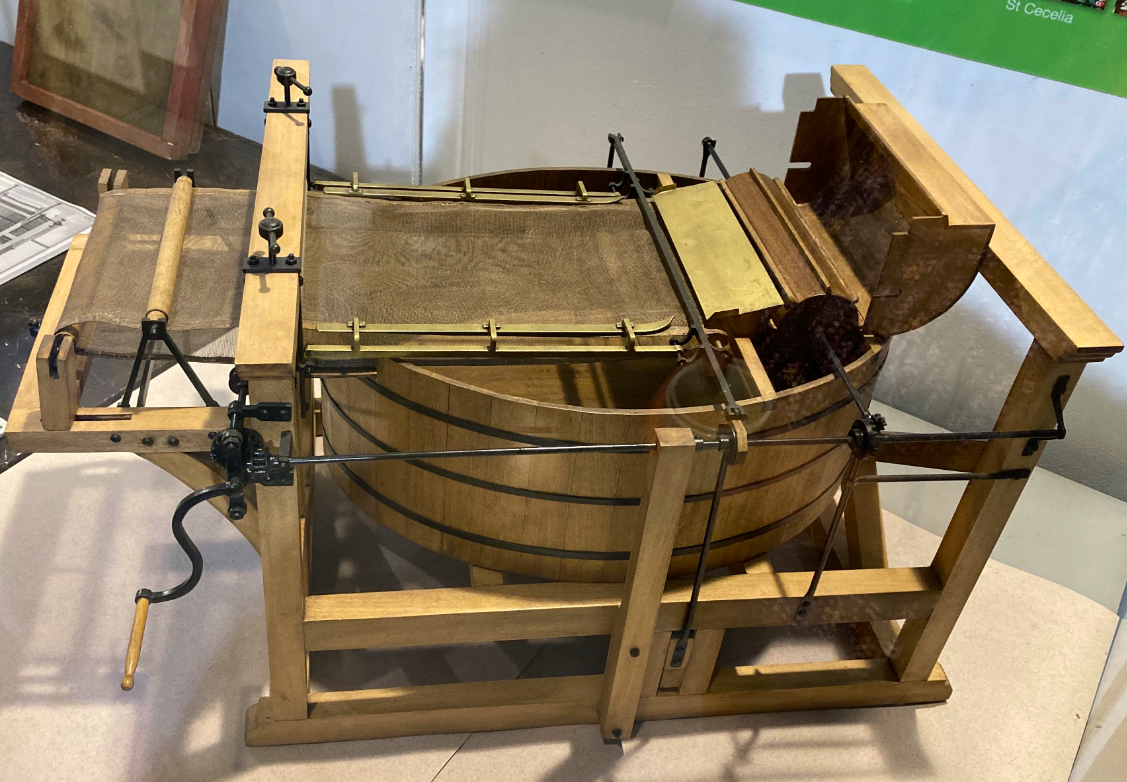
The knowledge of papermaking, originating in China, was spread to the West through the Silk Road. By the 8th century, this innovation reached the Islamic world, and eventually, Europe. The availability of paper revolutionized record-keeping, literature, and education. It made the written word more accessible and cheaper to produce, helping the spread of knowledge and literacy. Without the Silk Road, the history of education and communication in the West would have developed very differently.
Spices Were as Valuable as Gold

Spices like pepper, cinnamon, and cloves were highly coveted and transported along the Silk Road. These spices were considered luxuries, often worth their weight in gold. They were used for flavoring food, preserving meat, and even in religious rituals. The desire for these rare and exotic ingredients drove much of the trade between East and West. The high demand for spices helped sustain the Silk Road’s importance over centuries.
The Silk Road Declined Due to Sea Trade
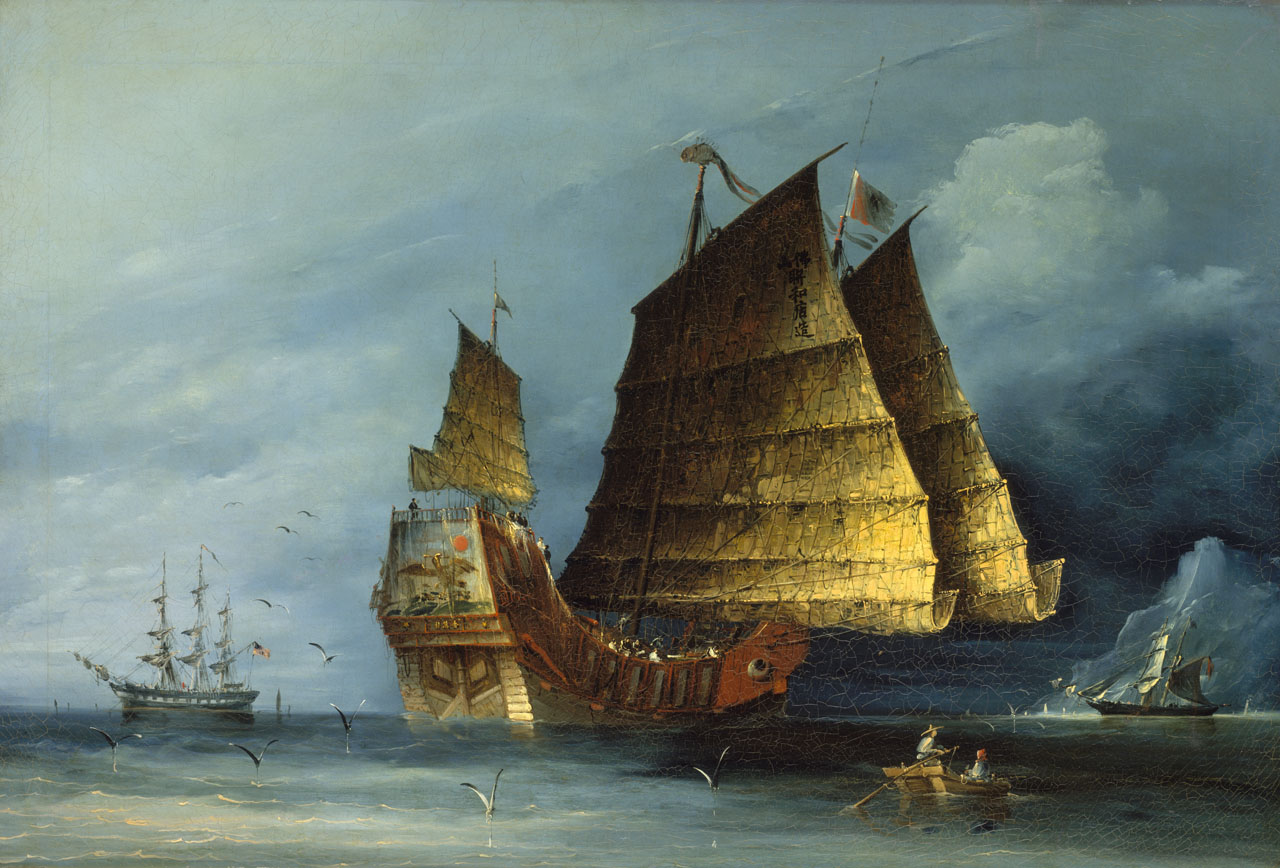
By the 15th century, maritime trade routes began to overshadow the Silk Road. European explorers like Vasco da Gama found sea routes to Asia that were faster, cheaper, and safer. As a result, the importance of the overland Silk Road diminished. Goods that once took months to travel by caravan could now be shipped in weeks by sea. This shift marked the decline of the Silk Road as the primary conduit for East-West trade.
Camels Were Key to Transport
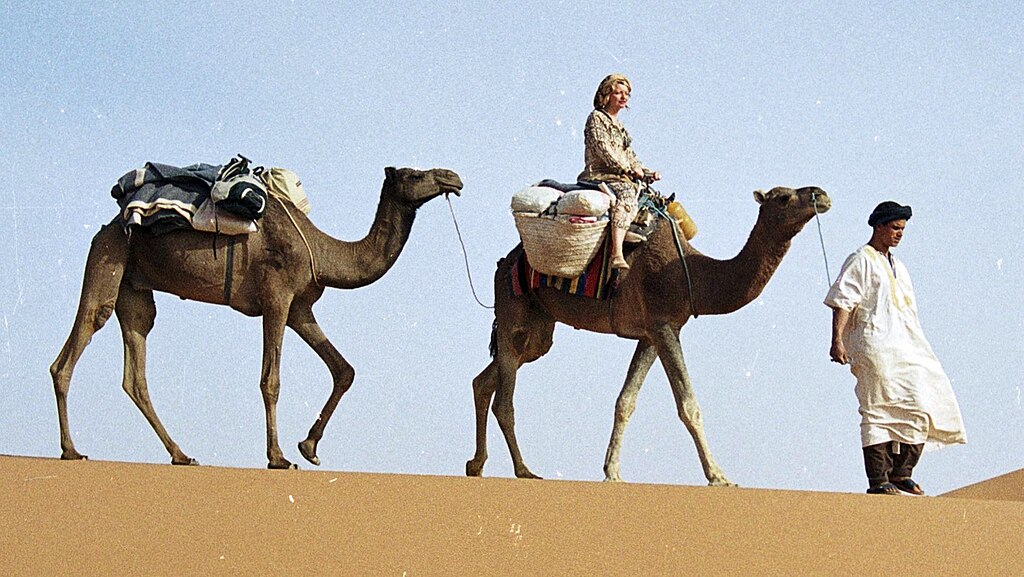
Camels, especially Bactrian camels, were the backbone of Silk Road trade. Their ability to carry heavy loads over long distances without needing much water made them ideal for crossing deserts. These animals could travel up to 30 miles a day, allowing caravans to cover vast stretches of inhospitable terrain. Without camels, the Silk Road would have been much more challenging to traverse. Their endurance and adaptability made them indispensable to the traders.
It Facilitated the Spread of Technology
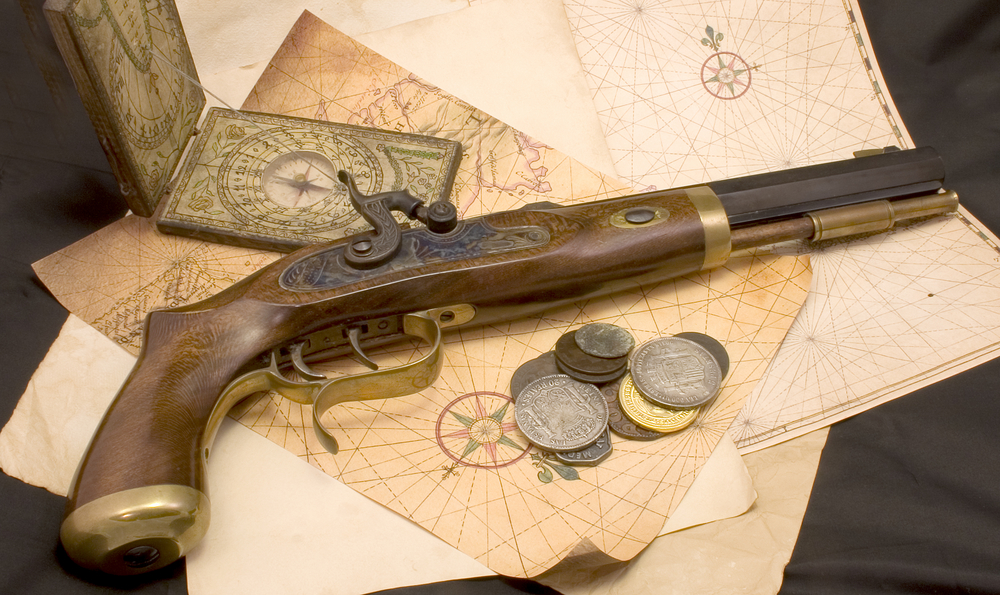
Technological advancements, like the compass and gunpowder, also spread along the Silk Road. These innovations, originating in China, found their way to Europe through traders and travelers. The compass revolutionized navigation, while gunpowder had a profound impact on warfare. This exchange of technology played a crucial role in shaping the course of global history. The Silk Road was not only a conduit for goods but also for ideas that transformed societies.
Currency Exchange Flourished
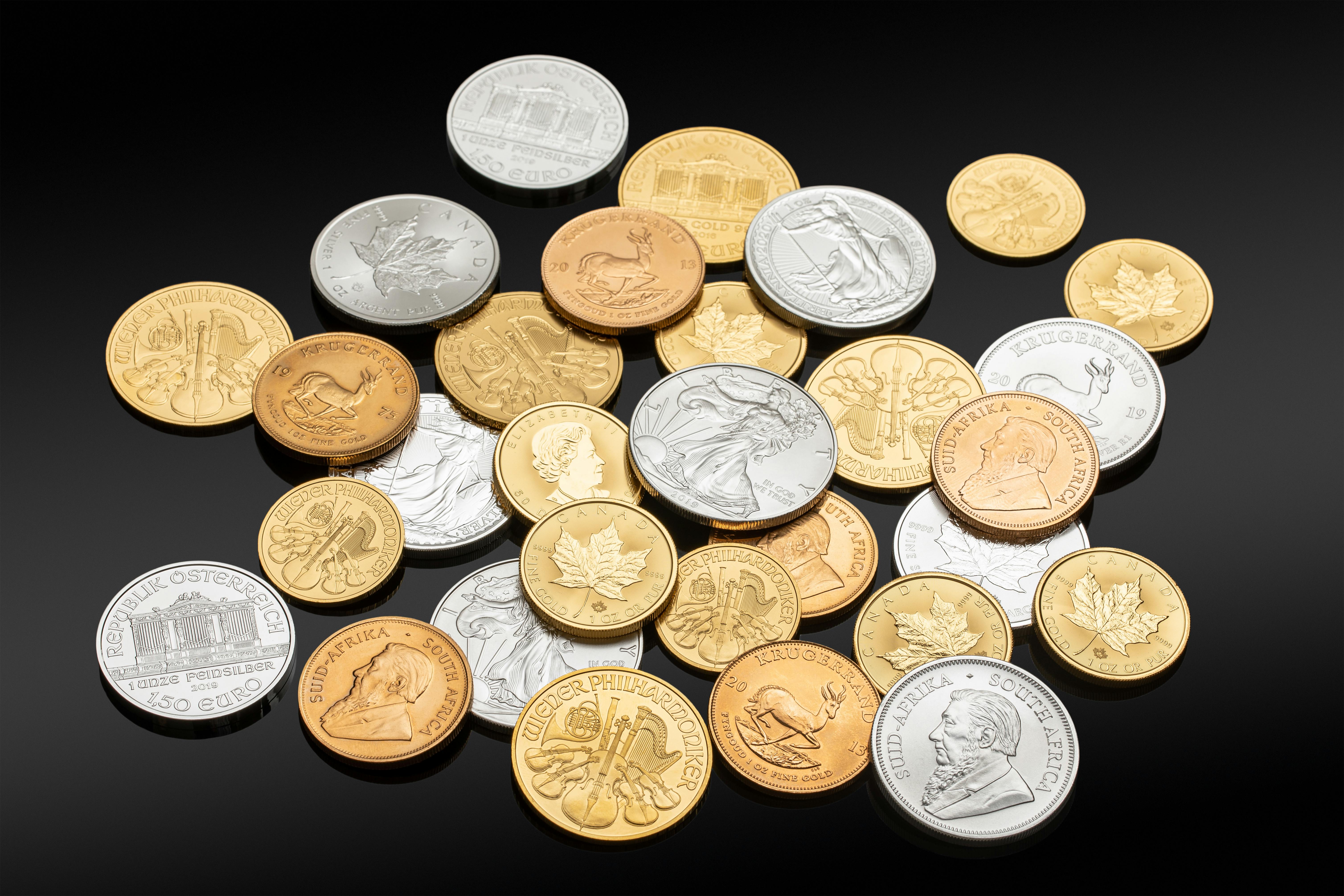
The Silk Road required complex systems of currency exchange due to the variety of coins in circulation. Traders often dealt in gold, silver, and copper coins, which varied in weight and value depending on the region. Banking practices developed along the route to facilitate these exchanges, leading to the rise of early financial institutions. Moneylenders and banks provided credit, ensuring smoother trade across vast distances. This financial network was essential for maintaining the flow of goods and services.
The Influence on Fashion

The Silk Road also influenced fashion trends across continents. Exotic fabrics like silk, brocade, and velvet became highly sought after in Europe and the Middle East. Nobility and wealthy merchants adorned themselves in these luxurious materials, setting new trends in clothing. The exchange of textiles and designs introduced new styles and techniques to different regions. This blending of fashion also extended to accessories and jewelry, creating a globalized sense of style.
Women Played a Role in Trade
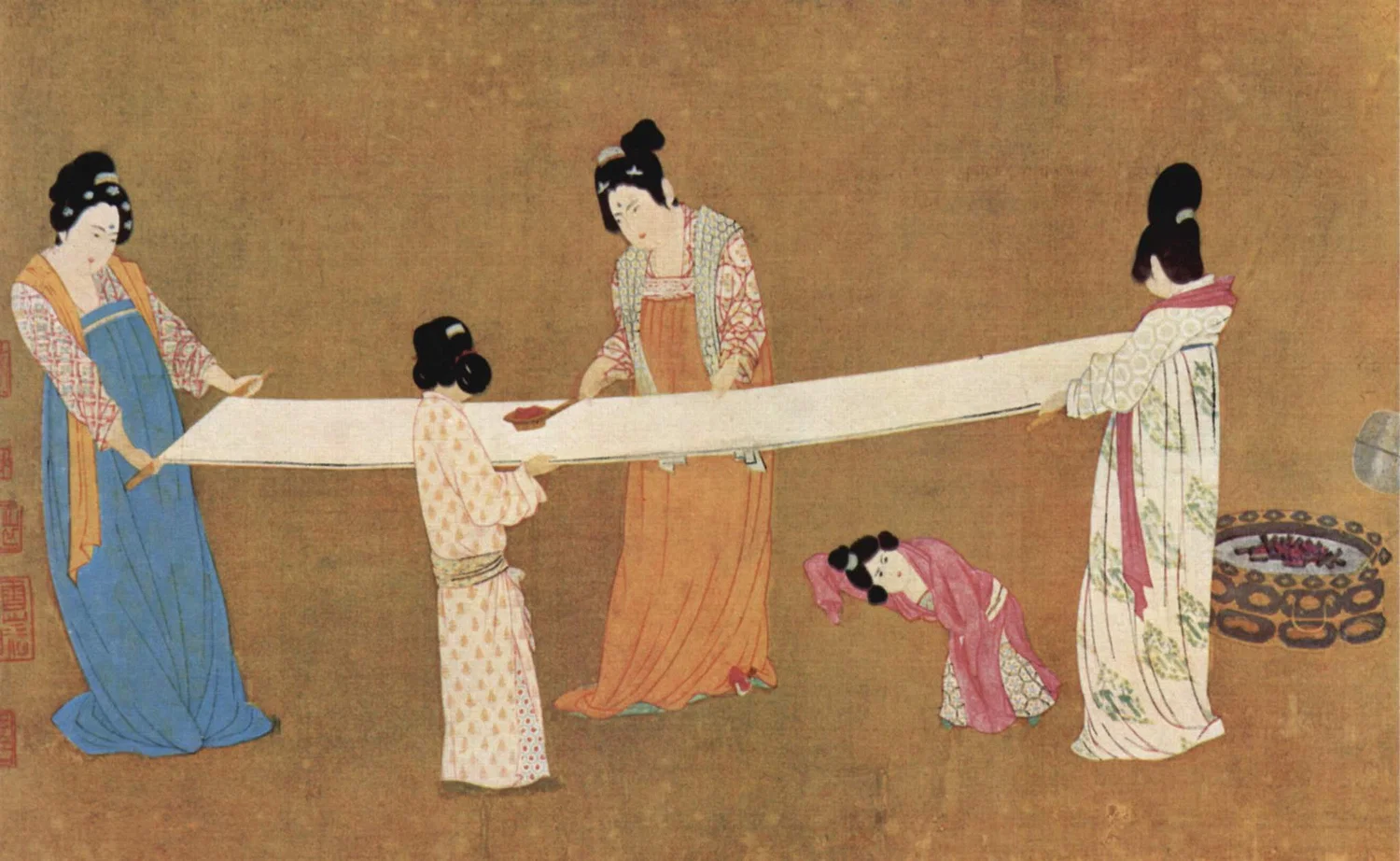
While men were the primary traders, women also played a significant role in Silk Road commerce. They were often responsible for managing household finances and small-scale trading activities in local markets. In some cases, women even managed family-owned businesses that dealt in luxury goods like silk and spices. Their contributions, though often overlooked, were essential in maintaining the economic vitality of the Silk Road. Women’s roles in trade illustrate the diverse participants involved in this global exchange.
The Great Wall of China Was Built to Protect It
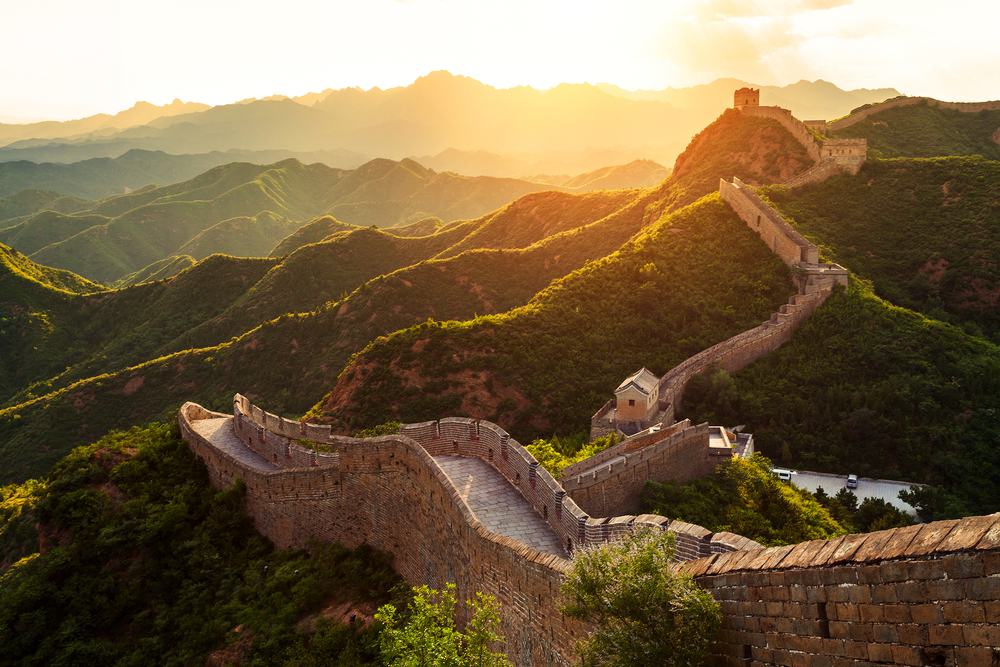
The construction of the Great Wall of China was partly motivated by the desire to protect the Silk Road. Chinese emperors sought to defend their territory and trade routes from nomadic invaders like the Xiongnu. The wall acted as a barrier, ensuring the safety of traders and travelers passing through northern China. Though not entirely effective, the wall symbolized the importance of safeguarding commerce. Its construction reflects how valuable the Silk Road was to the Chinese empire.
Silk Road Artifacts Still Influence Today
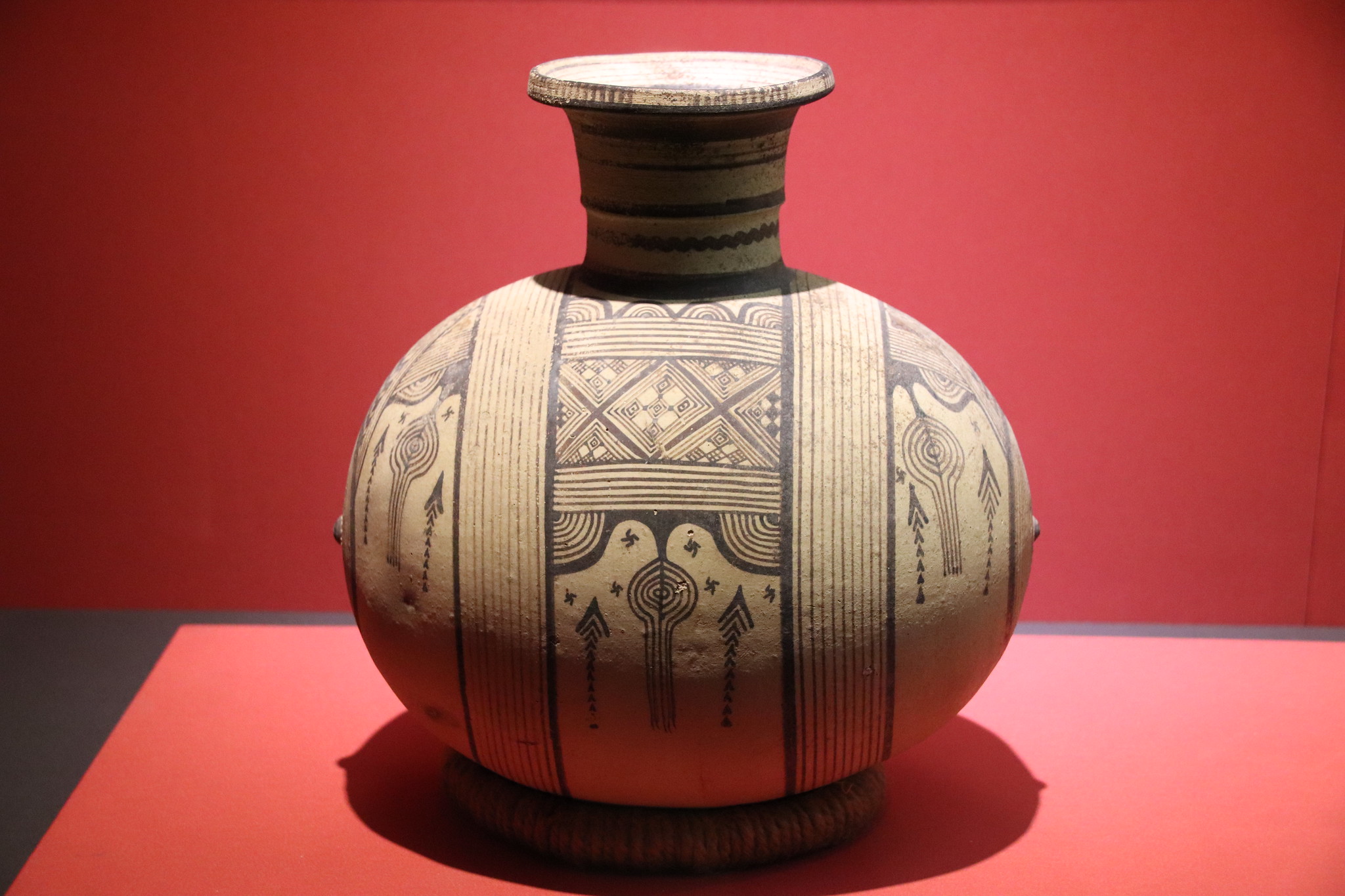
Many artifacts from the Silk Road have been uncovered in modern excavations, shedding light on ancient cultures. These include manuscripts, textiles, pottery, and coins that reveal the diverse influences of the trade route. Museums around the world now display these treasures, preserving the history of the Silk Road. The legacy of this ancient route continues to inspire scholars, artists, and historians. Its influence is still felt in global culture, from art to literature to fashion.
This article originally appeared on UnifyCosmos.
More from UnifyCosmos
19 Tips for Maintaining Your Hair Between Salon Visits

Keeping your hair looking fresh and healthy between salon appointments can be a challenge. But with the right care and a few simple tricks, you can maintain silky, shiny, and frizz-free hair at home. Read More
15 Best Sheet Masks for Post-Sun Recovery

After a day in the sun, your skin needs some extra love. Sun exposure can leave your face feeling dry, tight, and irritated. Read More
20 Ways to Dress Comfortably While Maintaining a Professional Image

Dressing for work shouldn’t mean sacrificing comfort for professionalism. Too often, uncomfortable clothing distracts you from doing your best. Read More
Leave a Reply